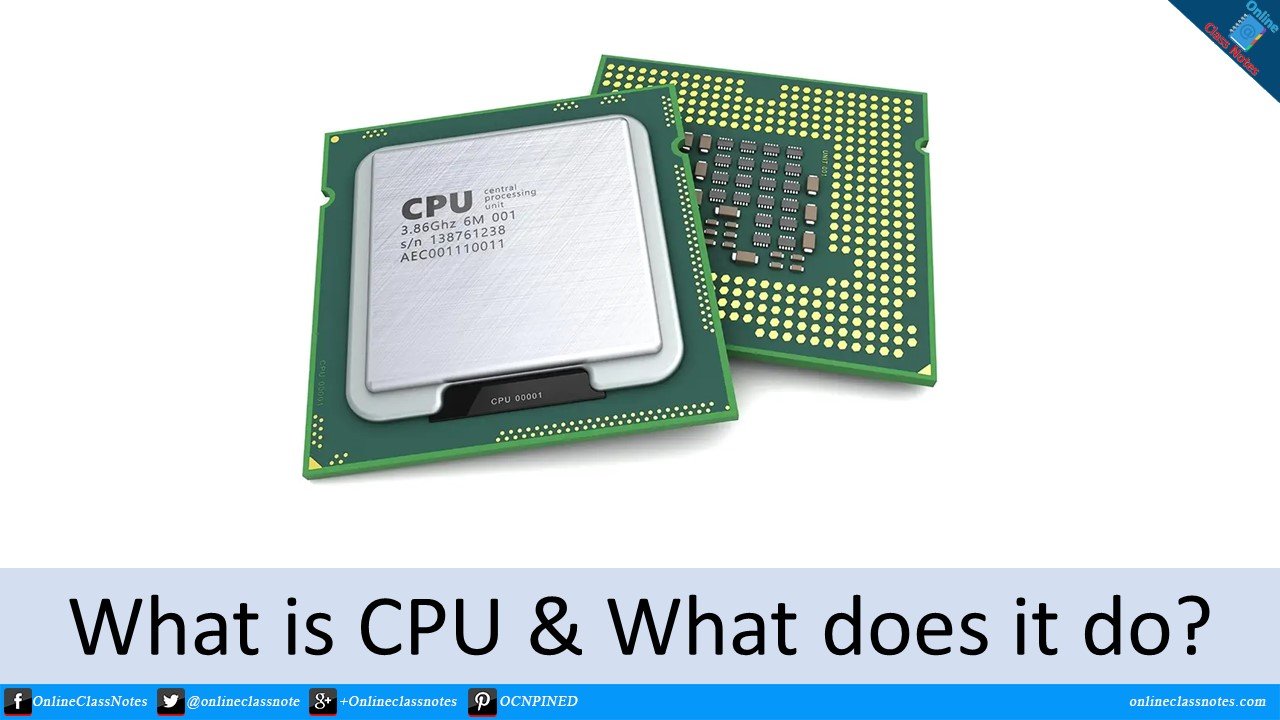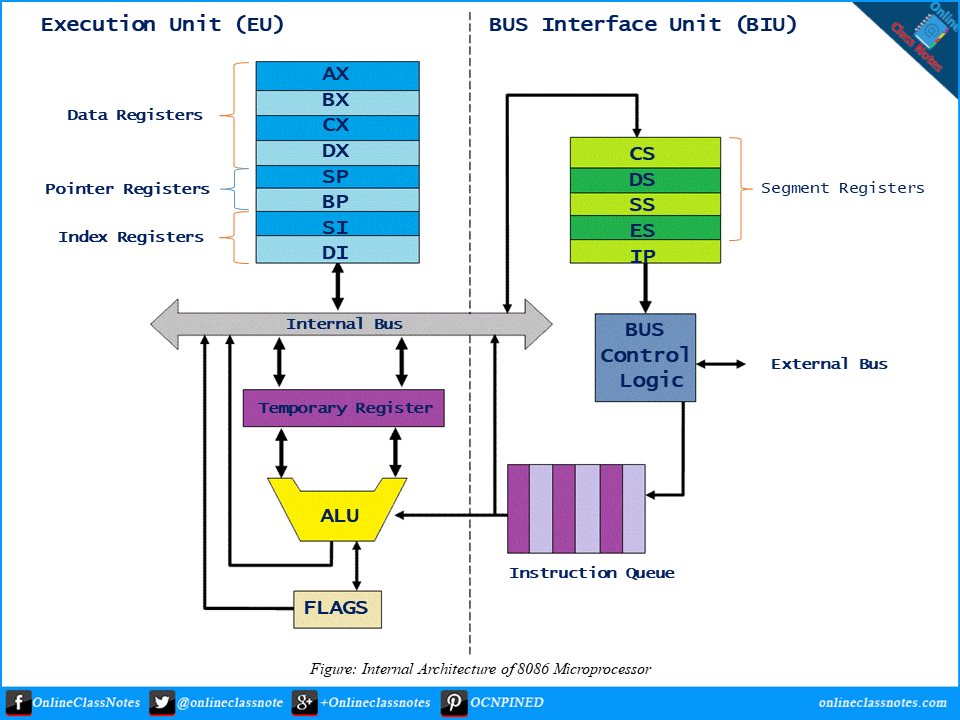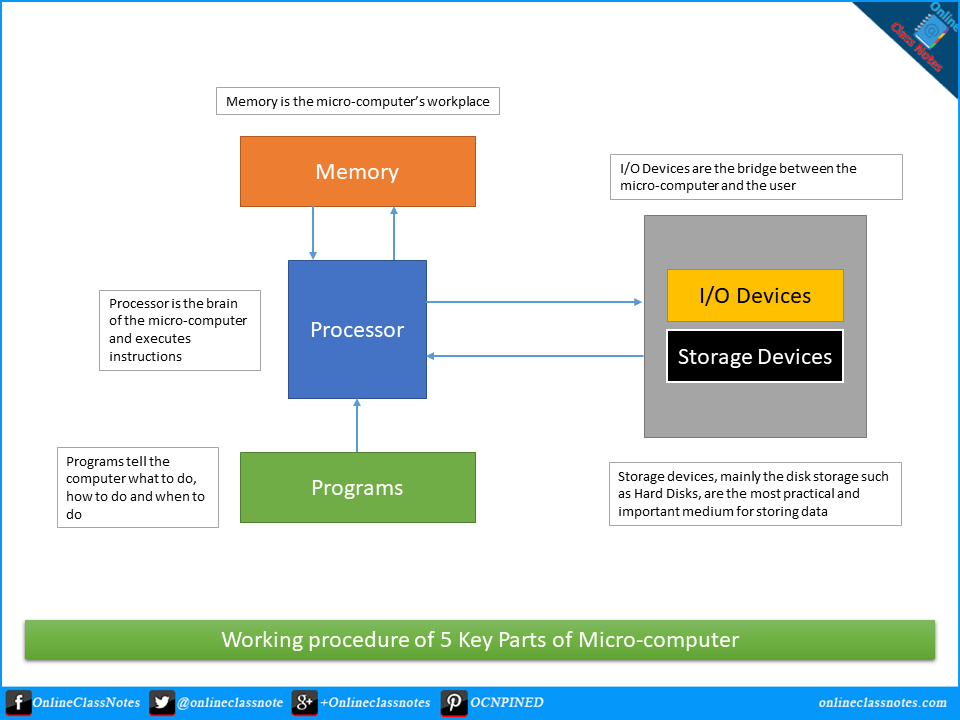CPU caches serve as high-speed storage units that store frequently accessed data and instructions to reduce the latency of memory access and improve overall CPU performance. Caches are designed to exploit the principle of locality, which states that programs tend to access a relatively small subset of data and instructions repeatedly within a short period of time. By storing this frequently accessed data and instructions in caches, CPUs can minimize the time spent waiting for data to be fetched from slower main memory.
Functions
Explain the function and importance of the CPU in a computer system. How does it interact with other components?
The CPU (Central Processing Unit) acts as the computer’s brain, managing instruction execution and conducting essential calculations for system functionality. It coordinates data processing, executes programs, and interacts with other components to ensure seamless operation.
How Does a CPU Contribute to the Overall Functionality of a Computer?
The Central Processing Unit (CPU) is often referred to as the “brain” of a computer. It plays a pivotal role in the overall functionality of a computer system, serving as the core component responsible for executing instructions, processing data, and coordinating various hardware and software components. The functions of CPU in overall functionality of a computer can be categorized into several key aspects:
What are software design patterns and how do they contribute to software development?
Demystifying Software Design Patterns: Enhancing Software Development Through Reusability and Scalability
Introduction:
Software design patterns are reusable solutions to commonly occurring design problems in software development. They provide proven and effective approaches for designing software systems that are maintainable, flexible, and scalable.
What is version control, and how does it help in software development?
Version Control: Empowering Software Development with Collaboration and Control
Introduction:
Version control is a fundamental aspect of modern software development, enabling developers to manage and track changes to their codebase over time. It provides a structured and efficient way to collaborate, organize, and maintain software projects. contributes to the software development process.
What are the 15 important roles of input/output systems in computer?
In the realm of computer science, input and output (I/O) systems play a crucial role in facilitating communication between users and computers. These systems allow users to provide data and receive results, enabling the execution of various tasks and making computers indispensable in our daily lives.
What is CPU? What are the 10 functions of CPU?
CPU (Central processing unit)
A CPU, or Central Processing Unit, is the main component of a computer system that performs the majority of processing tasks required by the system. It is often referred to as the “brain” of the computer. The CPU is responsible for executing instructions, performing calculations, managing memory, and controlling input and output operations.
The CPU consists of three main components: the control unit, the arithmetic and logic unit, and the registers. The control unit is responsible for managing the flow of instructions between the CPU and other components of the computer system, including memory, input/output devices, and other processors. The arithmetic and logic unit performs mathematical and logical operations, such as addition, subtraction, and comparison of values. The registers are small areas of memory used to store data and instructions that the CPU is currently working on.
What is Information Technology? What are the contributions of Information Technology (IT)?
Information Technology
Information technology is the technology of storing data or information and using the stored data.
The branch of technology concerned with the dissemination, processing and storage of information, especially by means of computers.
Oxford English dictionary
Information technology is basically an integrated technology which has emerged as information technology after long practice in communication, telecommunication, audio, video, computing, broadcasting and many other technologies.
Describe the Internal Architectures, Features, Working Principles and Registers of 8086 Microprocessor.
Internal Architecture of Intel 8086 Microprocessor The Intel 8086, also called the iAPX 86, is a 16-bit microprocessor designed by Intel Corporation in between 1976-1978. This Intel 8086 microprocessor gave rise to the x86 architecture or 16-bit architecture. The figure given below is the internal architecture of Intel 8086 microprocessor Features of 8086 Microprocessor: 8086 … Read more
What are the 5 key parts of a micro-computer? Illustrate their working procedure.
The 5 key parts of a micro-computer system are as follows Processor Memory I/O Devices Storage Devices Programs Read More: Describe the 5 key parts of a micro-computer. Working Procedure of the 5 Key Parts of Micro-Computer:









